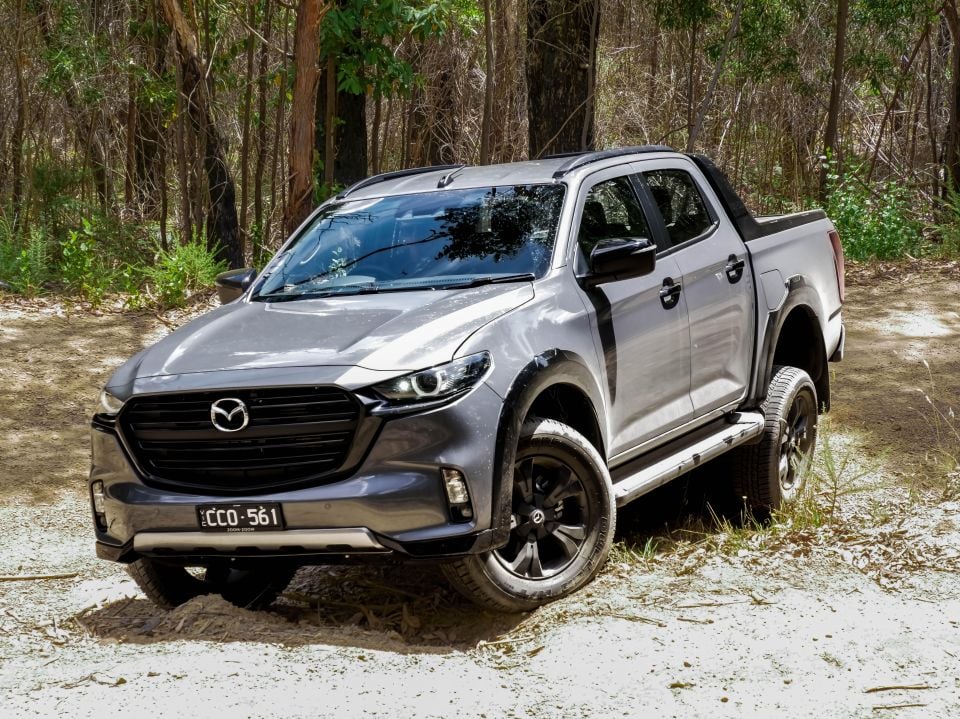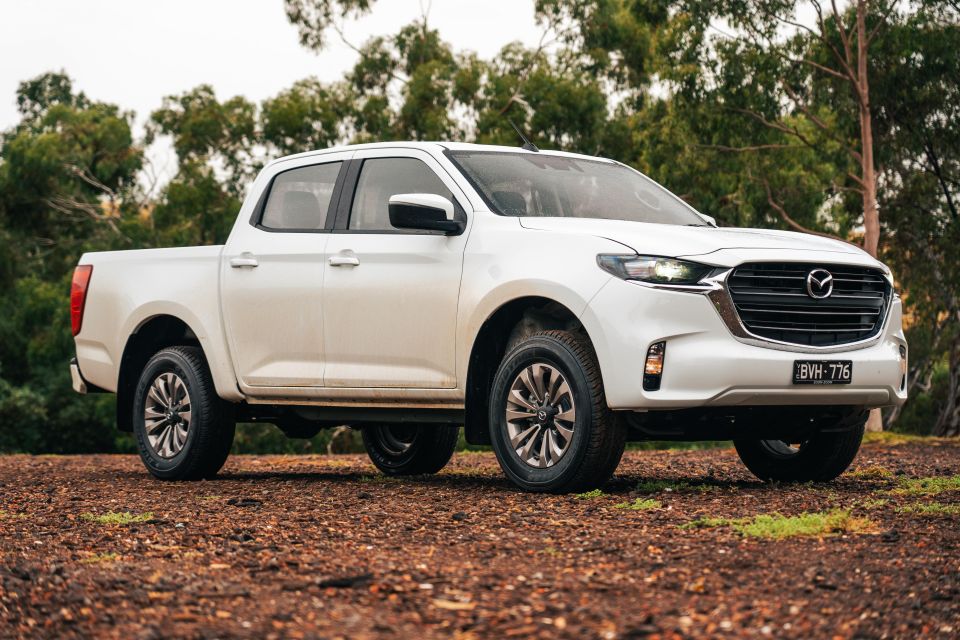

Ben Zachariah
CarExpert's top five ute reviews of 2025
5 Hours Ago

News Editor
Mazda has axed its BT-50 in New Zealand, but the Japanese company says there are no plans for it to follow suit in Australia.
“The Mazda BT-50 remains in production and on-sale in a number of global markets including Australia,” said a spokesperson for Mazda Australia.
“2023 was a sales record for BT-50 in Australia of 17,526 units and its popularity continues to grow with customers across the country.”
Its discontinuation in the New Zealand will see Mazda leave the country’s ute market after 57 years, with the BT-50 nameplate alone having been offered for 18 years.

“The conclusion of the BT-50 is certainly the end of an era for Mazda in New Zealand,” said Mazda Motors of New Zealand managing director David Hodge in a statement published by New Zealand media.
“Undeniably the market has changed significantly over the past few years: the move towards SUVs, a greater uptake of electrified vehicles, and most recently the Clean Car Programme have all influenced consumer tastes.”
The BT-50 will still be offered in Australia, as well as in Thailand where it’s built. It’s also sold in other markets such as Latin America, the Middle East and Africa.

Stuff reports Mazda sold only 347 BT-50s in New Zealand last year. Not only did Isuzu sell more D-Max utes (1035 sales), the BT-50 was also outsold by the Ford Ranger, Mitsubishi Triton, Nissan Navara, Toyota HiLux and Volkswagen Amarok.
The BT-50 did considerably better in Australia throughout 2023, with its 17,526 sales seeing it beat the Triton, Navara and Amarok – though it couldn’t match the 31,202 examples of the Isuzu D-Max sold across the same period.
While New Zealand has repealed its Clean Car Discount – derisively referred to by some as the “Ute Tax” – it has introduced new emissions standards.
New Zealand’s Clean Car Standard came into effect on January 1, 2023. Under the scheme, vehicle importers are charged for importing vehicles with a CO2 emission-to-weight ratio above a set target, and receive credits for vehicles that have emissions below the set target.

This means companies can still continue to import vehicles with higher CO2 emissions like utes and large SUVs, but they need to be offset by more environmentally friendly vehicles.
The country’s Clean Car Discount ended on December 31, 2023. This saw rebates offered for buyers of electric vehicles (EVs) and plug-in hybrids (PHEVs), which the New Zealand Government helped pay for by slugging high-emission vehicles with levies.
This saw the scheme nicknamed the “Ute Tax” and saw ute sales decline. The National Party’s Christopher Luxon delivered on his campaign pledge to repeal this tax upon winning the election – despite his wife having used the rebate to purchase a Tesla Model 3.

The Australian Government plans to introduce an emissions scheme of its own, recently presenting its preferred option for the New Vehicle Efficiency Standard.
Intended to come into effect for January 1, 2025, this would see carmakers charged penalties for exceeding set CO2 emissions targets.
It’s consulting with stakeholders until March 4, 2024, with the aim of introducing legislation “as soon as possible”.
Mazda Australia has already come out against the proposed option, labelling it “ambitious” and saying the cost of bringing in more efficient vehicles will end up getting passed onto customers.
It has called on the Australian Government to delay its introduction until next decade while also bringing in subsidies for more efficient vehicles.
Where expert car reviews meet expert car buying – CarExpert gives you trusted advice, personalised service and real savings on your next new car.
William Stopford is an automotive journalist with a passion for mainstream cars, automotive history and overseas auto markets.


Ben Zachariah
5 Hours Ago


Matt Campbell
12 Hours Ago


Derek Fung
4 Days Ago


Damion Smy
7 Days Ago


Ben Zachariah
9 Days Ago


James Wong
15 Days Ago